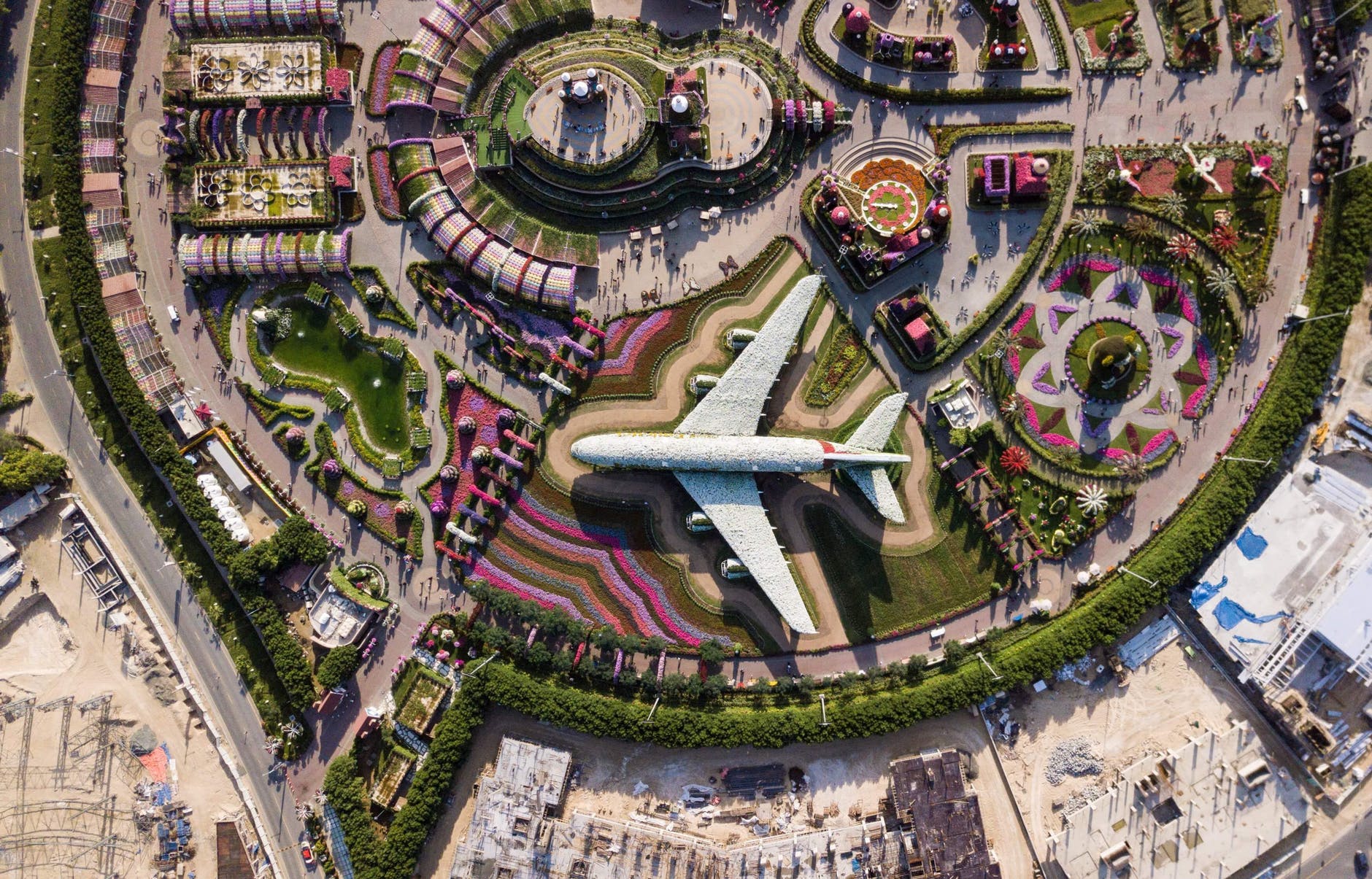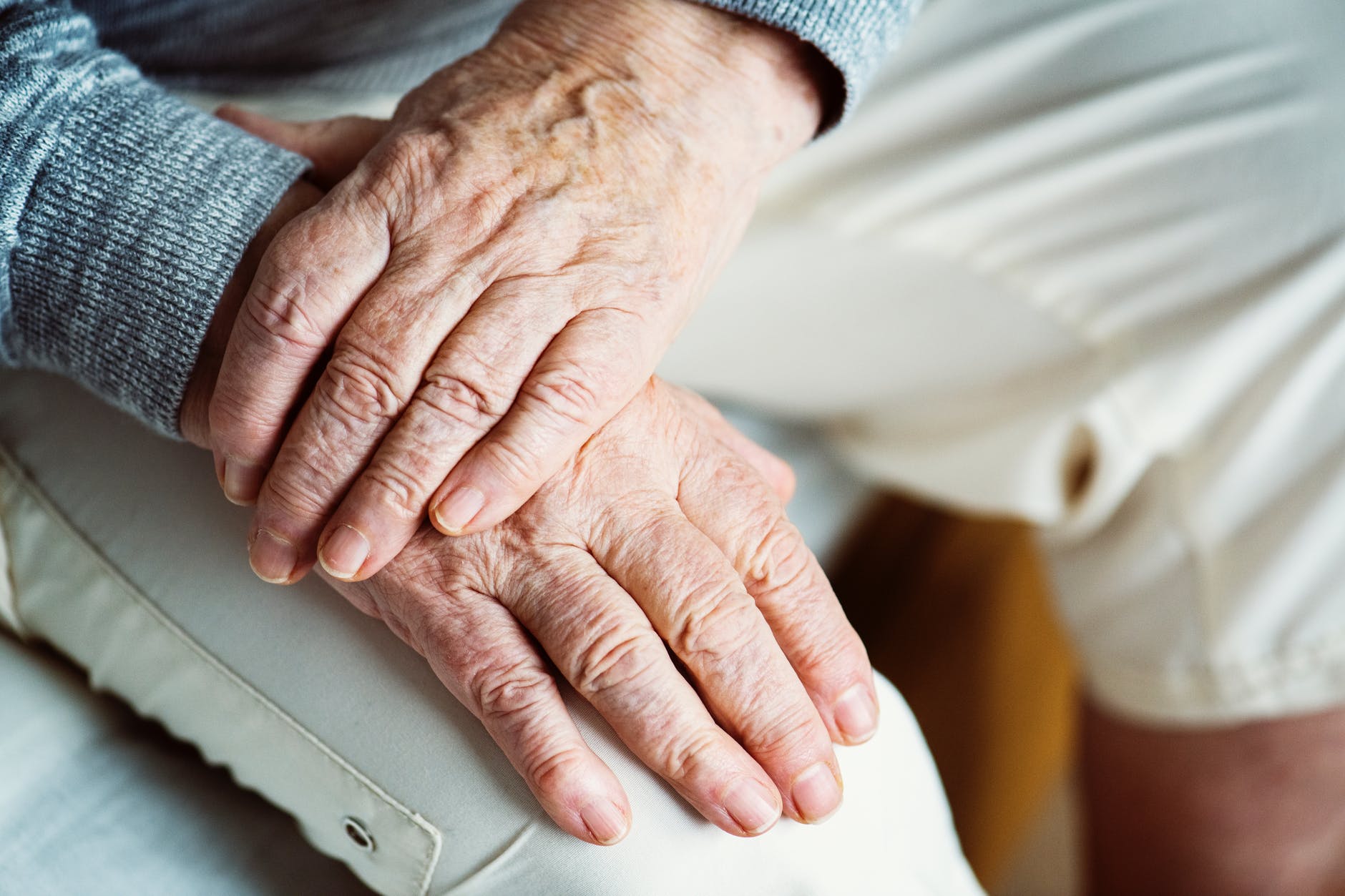In the Digital Age, Companies Need a Human Touch
Today, a customer’s entire experience with a company — from first inquiry to final transaction — can and often does occur entirely online. Many consumers seem to prefer it that way, too. According to data collected by Nextiva, 57% of surveyed respondents said that they would rather contact companies via email or social media, instead of by voice-based customer support.
The shift to a tech-savvy business foundation isn’t just convenient for consumers — it comes with considerable benefits for businesses too. In one report published by Juniper Research, analysts projected that automated systems would save a collective $8 billion in customer support costs by 2022. That’s a compelling financial argument for businesses. Smart Insights estimates that 34% of companies have already undergone a digital transformation, while researchers for Seagate anticipate that over 60% of CEOs globally will begin prioritizing digital strategies to improve customer experience by the end of this year.
Integrating technology into our day-to-day business operations is a no-brainer, given its potential to lessen costs, boost convenience, and improve consumer experiences. However, in our race to meet the digital age, we may be leaving one critical aspect of customer service behind: human connection.
As much as consumers appreciate the convenience and speed that digital tools and systems facilitate, they also need to feel a genuine human connection and know that there are people behind the AI-powered customer hotline. As one writer puts the matter in an article for Business Insider, “A satisfactory customer experience depends on how well a company can relate to a customer on an emotional level. To create memorable experiences, employees who are curious and have a genuine desire to assist the customers can set brands apart.”
Business consultant Chris Malone and social psychologist Susan T. Fiske researched this emotional connection for their book, The Human Brand: How We Relate to People, Products, and Companies. In the text, they write that consumers gravitate towards companies similarly to how they flock to friends; if they perceive a business as being emotionally warm and welcoming, but not particularly competent, they will still enjoy the experience and like the brand. In contrast, if a company is competent but cold in its customer engagement, consumers tend to visit only when circumstances demand it.
The ideal, they say, is for companies to be both warm and competent. Within the context of our digitally-driven world, striking that balance means integrating consumer service technology without wholly excising human personality.
Businesses need to identify when their AI-powered chatbot or customer service channel crosses over the line from useful to canned or frustrating. Sometimes, a robot voice just isn’t helpful enough; according to statistics published by American Express, 40% of customers prefer talking to a human service representative when they struggle with complex problems. Consumers should have the means to reach out to human representatives if they can’t solve their problems through automated channels.
People want to connect with a brand that has personality, voice, and empathy — even across digital channels. Social media platforms have evolved into significant touchpoints for businesses today; researchers for Nextiva estimate that over 35% of consumers in the U.S. reached out to a business through social media in 2017. Their expectations, too, are significant — 48% of the customers who contact a company via social media expect a response to their questions or complaints within 24 hours. Even so, a cold, automated response may be just as ineffective as no response at all.
Emerging technology is not a be-all, end-all, unquestionable solution to our problems. Businesses need to treat digital channels with all the personality, empathy, and care that they would offer during a client call. If they rely on canned responses or AI bots, they may find their consumer pool shrinking as customers defect for companies with more perceived warmth.
Technology is convenient, yes — however, the convenience it creates should never come at the cost of human connection.
Originally published on ScoreNYC









